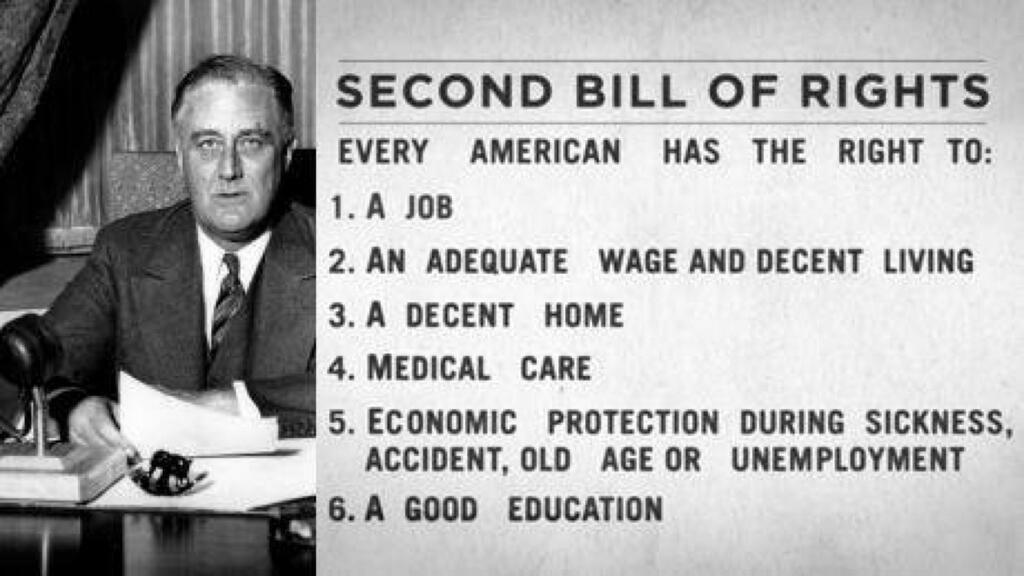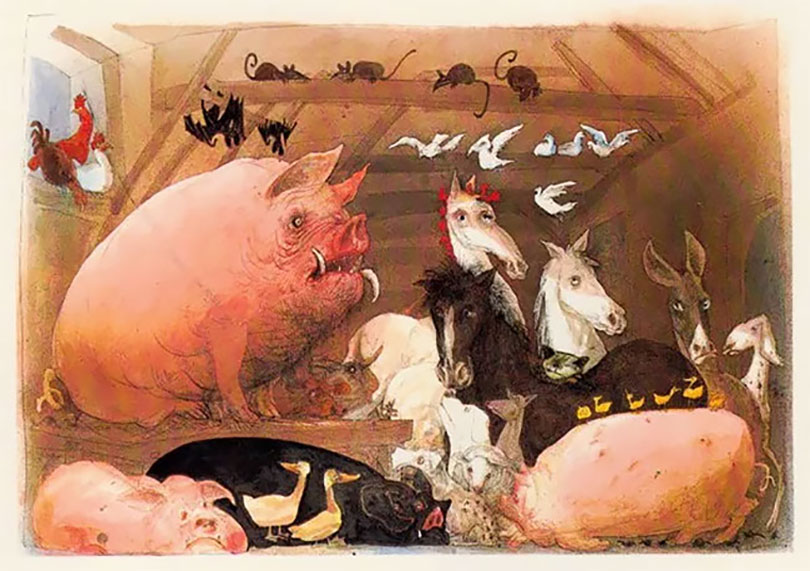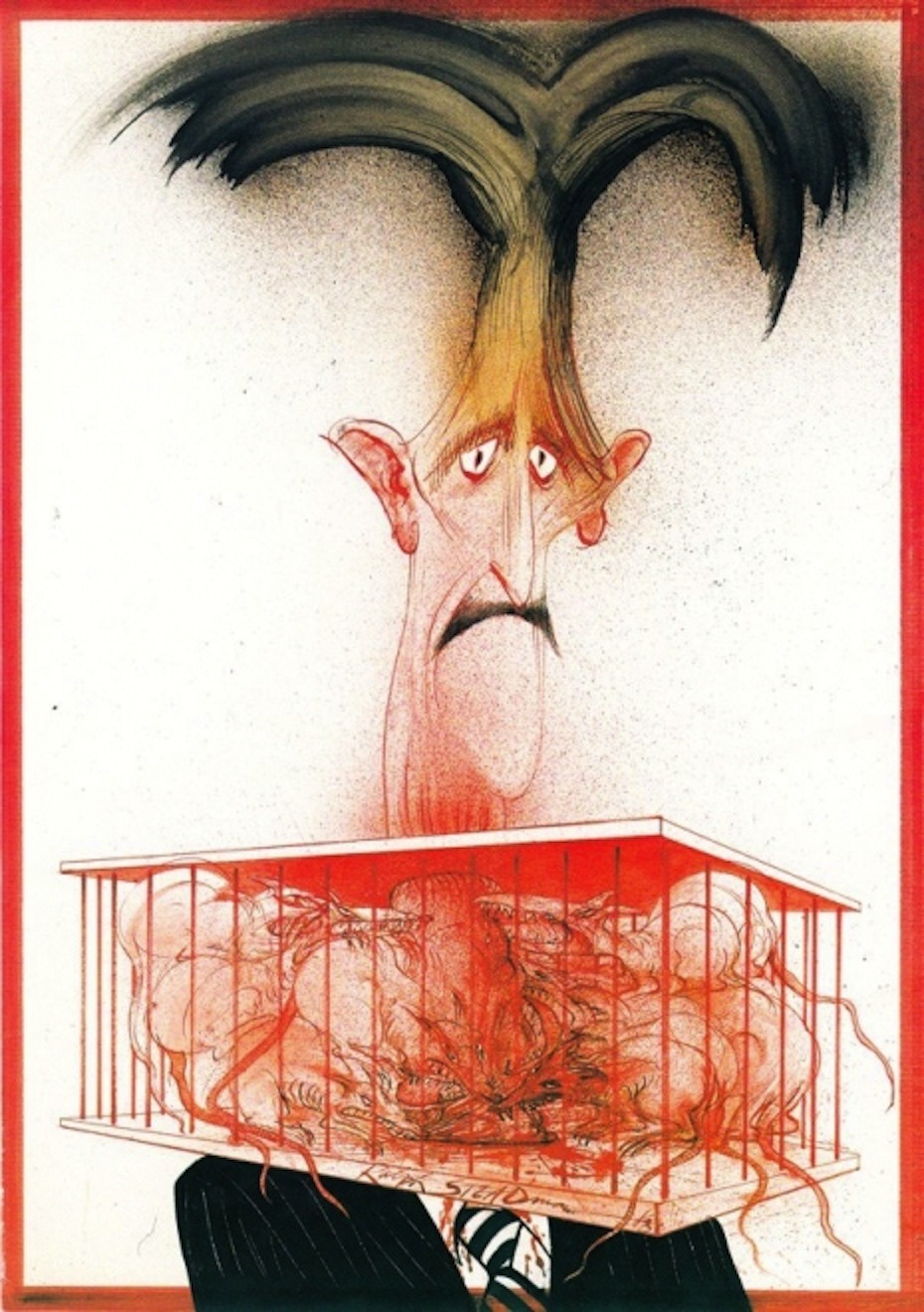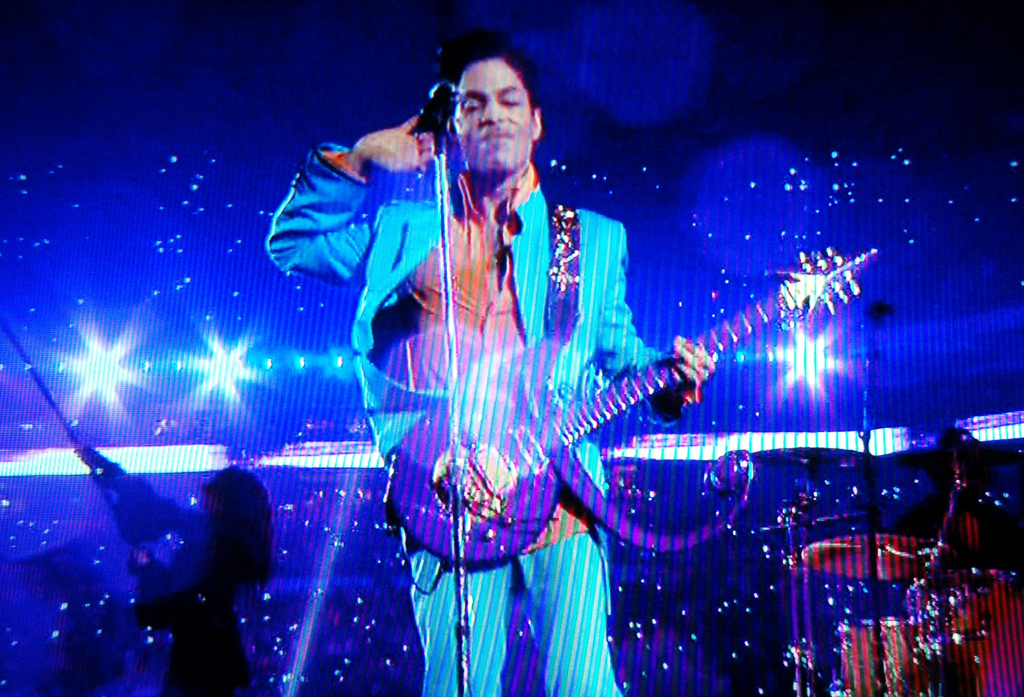[Most Recent Entries] [Calendar View]
Wednesday, August 16th, 2017
| Time | Event |
| 4:24a | New BBC Dramatization of Salman Rushdie’s Midnight’s Children Now Streaming Free for a Limited Time
FYI: The BBC is now streaming a dramatization of Salman Rushdie's Booker Prize-winning novel Midnight's Children. This free stream will only last for a limited time (the next 29 days). So dive in. Here's how the BBC briefly describes the production:
You can find the seven individual episodes here. Each is about an hour long. Find more free literary delights in our collection, 900 Free Audio Books: Download Great Books for Free Follow Open Culture on Facebook and Twitter and share intelligent media with your friends. Or better yet, sign up for our daily email and get a daily dose of Open Culture in your inbox. If you'd like to support Open Culture and our mission, please consider making a donation to our site. It's hard to rely 100% on ads, and your contributions will help us provide the best free cultural and educational materials. New BBC Dramatization of Salman Rushdie’s Midnight’s Children Now Streaming Free for a Limited Time is a post from: Open Culture. Follow us on Facebook, Twitter, and Google Plus, or get our Daily Email. And don't miss our big collections of Free Online Courses, Free Online Movies, Free eBooks, Free Audio Books, Free Foreign Language Lessons, and MOOCs. |
| 8:00a | F.D.R. Proposes a Second Bill of Rights: If Every American Is Guaranteed a Job, Education & Health Care, It Will Keep Us Free from Authoritarianism (1944) It’s difficult to appraise the complicated legacy of Franklin D. Roosevelt. His New Deal policies are credited for lifting millions out of destitution, and they created opportunities for struggling artists and writers, many of whom went on to become some of the country’s most celebrated. But Roosevelt also compromised with racist southern senators like Mississippi’s Theodore Bilbo, and underwrote housing segregation, job and pay discrimination, and exclusions in his economic recovery aimed most squarely at African-Americans. He is lauded as a wartime leader in the fight against Nazism. But he built concentration camps on U.S. soil when he interned over 100,000 Japanese Americans after Pearl Harbor. His commitment to isolationism before the war and his “moral failure—or indifference” to the plight of European Jews, thousands of whom were denied entry to the U.S., has come under justifiable scrutiny from historians. Both blame and praise are well warranted, and not his alone to bear. Yet, for all his serious lapses and wartime crimes, FDR consistently had an astute and idealistic economic vision for the country. In his 1944 State of the Union address, he denounced war profiteers and “selfish and partisan interests,” saying, “if ever there was a time to subordinate individual or group selfishness to the national good, that time is now.” He went on to enumerate a series of proposals “to maintain a fair and stable economy at home” while the war still raged abroad. These include taxing “all unreasonable profits, both individual and corporate” and enacting regulations on food prices. The speech is most extraordinary, however, for the turn it takes at the end, when the president proposes and clearly articulates a “second Bill of Rights,” arguing that the first one had “proved inadequate to assure us equality in the pursuit of happiness.”
Roosevelt did not take the value of equality for granted or merely invoke it as a slogan. Though its role in his early policies was sorely lacking, he showed in 1941 that he could be moved on civil rights issues when, in response to a march on Washington planned by Bayard Rustin, A. Philip Randolph, and other activists, he desegregated federal hiring and the military. In his 1944 speech, Roosevelt strongly suggests that economic inequality is a precursor to Fascism, and he offers a progressive political theory as a hedge against Soviet Communism. “We have come to a clear realization,” he says, “of the fact that true individual freedom cannot exist without economic security. ‘Necessitous men are not free men.’ People who are hungry and out of a job are the stuff of which dictatorships are made. In our day these economic truths have become accepted as self-evident.” In the footage at the top of the post, you can see Roosevelt himself read his new Bill of Rights. Read the transcript yourself just below:
Roosevelt died in office before the war ended. His successor tried to carry forward his economic and civil rights initiatives with the "Fair Deal," but congress blocked nearly all of Truman's proposed legislation. We might imagine an alternate history in which Roosevelt lived and found a way through force of will to enact his “second Bill of Rights," honoring his promise to every “station, race” and “creed.” Yet in any case, his fourth term was nearly at an end, and he would hardly have been elected to a fifth. But FDR's progressive vision has endured. Many seeking to chart a course for the country that tacks away from political extremism and toward economic justice draw directly from Roosevelt’s vision of freedom and security. His new bill of rights is striking for its political boldness. Its proposals may have had their clearest articulation three years earlier in the famous “Four Freedoms” speech. In it he says, “the basic things expected by our people of their political and economic systems are simple. They are:
Guaranteeing jobs, if not income, for all and a "constantly rising standard of living" may be impossible in the face of automation and environmental degradation. Yet, most of Roosevelt's principles may not only be realizable, but perhaps, as he argued, essential to preventing the rise of oppressive, authoritarian states. Related Content: Franklin D. Roosevelt Says to Moneyed Interests (EG Bankers) in 1936: “I Welcome Their Hatred!” Rare Footage: Home Movie of FDR’s 1941 Inauguration
Josh Jones is a writer and musician based in Durham, NC. Follow him at @jdmagness F.D.R. Proposes a Second Bill of Rights: If Every American Is Guaranteed a Job, Education & Health Care, It Will Keep Us Free from Authoritarianism (1944) is a post from: Open Culture. Follow us on Facebook, Twitter, and Google Plus, or get our Daily Email. And don't miss our big collections of Free Online Courses, Free Online Movies, Free eBooks, Free Audio Books, Free Foreign Language Lessons, and MOOCs. |
| 11:01a | Hear 9 Hours of Hans Zimmer Soundtracks: Dunkirk, Interstellar, Inception, The Dark Knight & Much More No name has become more synonymous with the very concept of "movie music" than that of Hans Zimmer. Beginning in the 1980s by composing for such cult filmmakers of distinctive vision as Jerzy Skolimowski, Nico Mastorakis, and Nicolas Roeg, Zimmer soon rose to Hollywood heights, creating the scores for big hits like Rain Man, The Lion King, As Good as It Gets, Gladiator, and the Pirates of the Caribbean series. In recent years, he has entered into an ongoing collaboration with the director Christopher Nolan, himself an indie favorite turned blockbuster king, scoring his Batman movies as well as Inception, Interstellar, and Nolan's new World War II picture Dunkirk, whose unusual sonic intensity the Vox video above explains. "My weakness is that I didn’t go to music school, and that my formal education is two weeks of piano lessons," Zimmer told Indiewire a couple years ago, after the release of Interstellar. "My strength is that I know how to listen," and "the way Chris Nolan and I work is we listen to each other." Unlike many productions where "the composer is this nearly uncontrollable element that comes into the film" and to whom the director must defer, Zimmer starts working on Nolan's movies from the beginning, a process he describes as a conversation: "While he was writing, while he was shooting, I was writing, and the music was happening sort of in a — to use an Interstellar term — parallel universe, really." With no need for the dreaded "temp score," the drama of Zimmer's music and Nolan's stories develop together. You can hear the results of Zimmer's process in this nine-hour playlist, which includes Zimmer's work for Nolan's films up to Dunkirk--its sound based in part on the ticking of a watch Nolan had given him--and others besides. (The playlist also includes Zimmer's soundtracks for Interstellar, Inception, The Dark Knight, The Dark Knight Rises, Black Hawk Down, Sherlock Holmes, Gladiator, and The Thin Red Line.) If it leaves you with the desire to learn a bit more about how this instinctive master of movie music does it, have a look at the trailer above for "Hans Zimmer Teaches Film Scoring," his $90 course from the online educational platform Masterclass. The very first piece of wisdom he offers reflects the fact that his instinct for back-and-forth collaboration extends well beyond his partnership with Nolan to his view on the craft itself: "In music, you're basically having a conversation" — with your artistic collaborators, with your fellow musicians, with anyone to whom you can listen. Related Content: The Known Universe: The Hayden Planetarium’s Tour of the Cosmos Gets a Hans Zimmer Soundtrack The Dark Knight: Anatomy of a Flawed Action Scene Based in Seoul, Colin Marshall writes and broadcasts on cities and culture. He’s at work on the book The Stateless City: a Walk through 21st-Century Los Angeles, the video series The City in Cinema, the crowdfunded journalism project Where Is the City of the Future?, and the Los Angeles Review of Books’ Korea Blog. Follow him on Twitter at @colinmarshall or on Facebook. Hear 9 Hours of Hans Zimmer Soundtracks: Dunkirk, Interstellar, Inception, The Dark Knight & Much More is a post from: Open Culture. Follow us on Facebook, Twitter, and Google Plus, or get our Daily Email. And don't miss our big collections of Free Online Courses, Free Online Movies, Free eBooks, Free Audio Books, Free Foreign Language Lessons, and MOOCs. |
| 2:00p | Ralph Steadman’s Surrealist Illustrations of George Orwell’s Animal Farm (1995)
As a novelist, George Orwell did not traffic in subtleties, but then neither did the authors of Medieval morality plays. The allegorical Animal Farm performs a similar, if secular, function, giving us unambiguous villainy and clear didactic intent. Orwell noted in his essay “Why I Write” that he meant the book to “fuse political purpose and artistic purpose into one whole.“ Originally published with the subtitle A Fairy Story, the novel caricatures Stalinism and the Russian Revolution, and Orwell left no mystery as to his intent when he commented in the preface to a 1947 Ukrainian edition that he meant the book to “end on a loud note of discord” meant to signify what he saw as the instability of the Tehran Conference. Leaden statements like these aside, Orwell swore he “did not wish to comment on the work,” writing, “if it does not speak for itself, it is a failure.” The book does indeed speak, in two especially particular ways: its vividly grotesque characterizations of the humans and animals on the farm and its indelible collection of propagandistic slogans. These are the features best captured by gonzo illustrator Ralph Steadman, famous for his collaborations with Hunter S. Thompson and Pink Floyd. Published in 1995—with the Fairy Story subtitle restored—the Steadman-illustrated 50th anniversary edition realizes another previous variation on the book’s title: Animal Farm: A Contemporary Satire.
These images draw out the exaggerated absurdities of the novel as only an artist with Steadman’s twisted, surrealist sense of visual humor could. They are profoundly effective, though there’s no telling what Orwell would have thought of them. Steadman’s caricatures universalize the book’s drama, providing the kind of stock characters we find in folklore, “fairy stories,” and religious allegory. But Orwell wrote that he wished us not to mistake his express political intent: “It was of the utmost importance to me that people in Western Europe should see the Soviet regime for what it really was…. I have been convinced that the destruction of the Soviet myth was essential if we wanted a revival of the Socialist movement.” Steadman, to his great credit, felt no need to literalize Orwell's stated intentions in his illustrations, but rather took the book's bizarre world on its own terms. You can read more quotes from Orwell’s earnest, intended preface for the book, restored in the Steadman edition, at Brain Pickings, where you’ll also find a good number of the illustrations as well. Copies of the out-of-print book can be purchased on Amazon and Abe's books. Steadman not only applied his skill as a caricaturist to Orwell’s fictional farm denizens, we should note, but also to the author himself. He made several sketches of Orwell, such as that below of the writer with a cage of rats around his neck. You can see several more of Steadman’s drawings of Orwell at The Guardian.
Related Content: Breaking Bad Illustrated by Gonzo Artist Ralph Steadman Gun Nut William S. Burroughs & Gonzo Illustrator Ralph Steadman Make Polaroid Portraits Together Josh Jones is a writer and musician based in Durham, NC. Follow him at @jdmagness Ralph Steadman’s Surrealist Illustrations of George Orwell’s Animal Farm (1995) is a post from: Open Culture. Follow us on Facebook, Twitter, and Google Plus, or get our Daily Email. And don't miss our big collections of Free Online Courses, Free Online Movies, Free eBooks, Free Audio Books, Free Foreign Language Lessons, and MOOCs. |
| 5:51p | Prince Gets an Official Purple Pantone Color
Image by Ann Althouse, via Flickr Commons It was bound to happen... The Pantone Color Institute has announced that they've created "a standardized custom color to represent and honor international icon, Prince." Called "Love Symbol #2", the color (below) draws inspiration from Prince's Yamaha purple piano. Somewhere, Marie Schrader is jealous.
Related Content: A Pre-Pantone Guide to Colors: Dutch Book From 1692 Documents Every Color Under the Sun Hear Prince’s Personal Playlist of Party Music: 22 Tracks That Will Bring Any Party to Life Prince Plays Mind-Blowing Guitar Solos On “While My Guitar Gently Weeps” and “American Woman” Prince Gets an Official Purple Pantone Color is a post from: Open Culture. Follow us on Facebook, Twitter, and Google Plus, or get our Daily Email. And don't miss our big collections of Free Online Courses, Free Online Movies, Free eBooks, Free Audio Books, Free Foreign Language Lessons, and MOOCs. |
| << Previous Day |
2017/08/16 [Calendar] |
Next Day >> |









